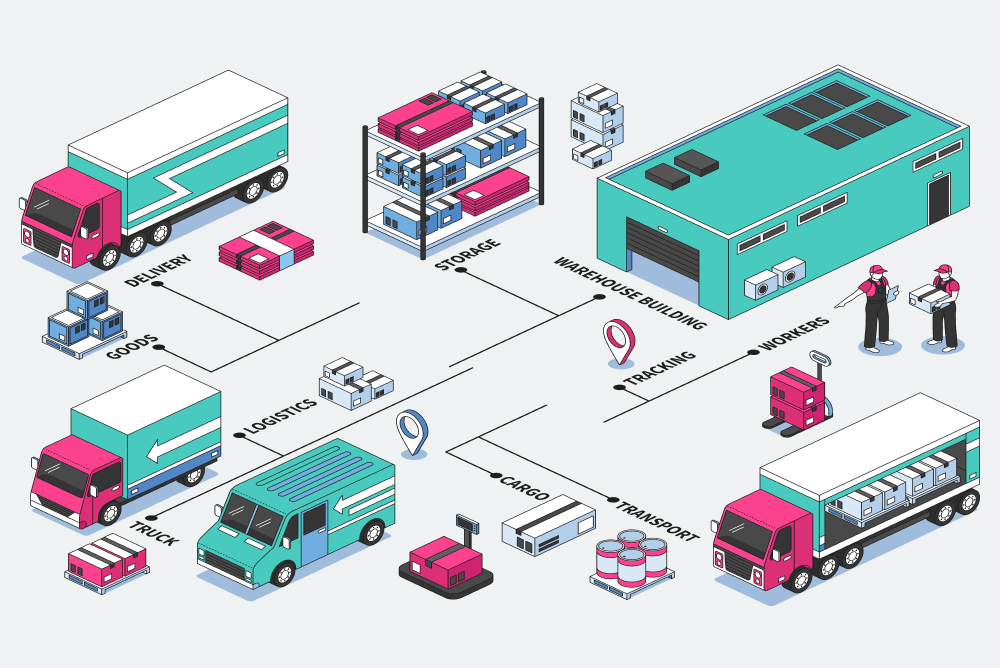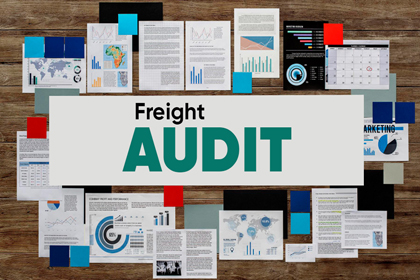
The rise of e-commerce has revolutionized the retail industry, offering unprecedented convenience and a vast array of products to consumers around the world. However, this transformation has also introduced complex challenges for supply chain management. As online retail continues to grow, businesses must adapt their supply chain strategies to meet these new demands. In this blog, we will explore the key challenges of e-commerce supply chain management and the strategies businesses can employ to address them.
Key Challenges of E-commerce Supply Chain Management
1. High Customer Expectations
E-commerce customers expect fast, reliable, and free or low-cost shipping. They also demand seamless return processes and excellent customer service. Meeting these high expectations requires a well-coordinated and efficient supply chain that can deliver goods quickly and handle returns effectively
2. Inventory Management
Managing inventory for an online retail business is more complex than for traditional brick-and-mortar stores. E-commerce companies must balance having enough stock to meet demand without overstocking, which ties up capital and storage space. This challenge is compounded by the need to manage multiple sales channels and handle a high volume of smaller, more frequent orders.
3. Last-Mile Delivery
The final leg of the delivery process, known as last-mile delivery, is often the most challenging and expensive part of the supply chain. Ensuring timely and accurate deliveries to consumers' doorsteps requires efficient routing, flexible delivery options, and sometimes, innovative solutions like drones or autonomous vehicles.
4. Returns Management
Returns are a significant aspect of e-commerce, with return rates often higher than in physical stores. Handling returns efficiently requires a robust reverse logistics process that can process returns quickly, minimize losses, and ensure customer satisfaction.
5. Technology Integration
E-commerce supply chains rely heavily on technology for inventory management, order processing, and logistics. Integrating various technologies and systems, such as Warehouse Management Systems (WMS), Transportation Management Systems (TMS), and customer relationship management (CRM) software, can be challenging but is essential for a smooth operation.
6. Scalability
E-commerce businesses must be able to scale their operations quickly to handle peak shopping periods, such as holidays or special promotions. This requires a flexible supply chain that can adjust to fluctuations in demand without compromising performance.
Strategies for Meeting E-commerce Supply Chain Challenges
1. Leverage Advanced Analytics
Advanced analytics can provide valuable insights into consumer demand patterns, inventory levels, and supply chain performance. By using predictive analytics, businesses can forecast demand more accurately, optimize inventory levels, and make informed decisions that enhance overall efficiency.
2. Implement Omnichannel Strategies
An omnichannel approach integrates various sales channels, providing a seamless shopping experience for customers and streamlining supply chain operations. By unifying inventory across online and offline channels, businesses can improve inventory visibility, reduce stockouts, and enhance order fulfillment.more accurately, optimize inventory levels, and make informed decisions that enhance overall efficiency.
3. Optimize Last-Mile Delivery
Investing in last-mile delivery solutions can significantly improve customer satisfaction and reduce costs. Businesses can explore options such as local fulfillment centers, crowd-sourced delivery services, and innovative delivery methods like lockers or pickup points. Real-time tracking and communication with customers also enhance the delivery experience.
4. Enhance Returns Management
Developing a robust reverse logistics process is crucial for handling returns efficiently. This includes implementing clear return policies, offering easy return options, and using technology to track and manage returns. Businesses can also explore refurbishing and reselling returned items to minimize losses.
5. Invest in Automation and Technology
Automation can streamline various supply chain processes, from warehouse operations to order fulfillment. Technologies such as robotics, automated sorting systems, and AI-driven inventory management can increase efficiency, reduce errors, and lower costs. Integrating these technologies with existing systems ensures a cohesive and responsive supply chain.
6. Build Strong Relationships with Suppliers and Partners
Collaboration with suppliers and logistics partners is essential for a resilient supply chain. Building strong relationships ensures better communication, more reliable service, and the ability to quickly address any issues that arise. Long-term partnerships can also lead to more favourable terms and joint problem-solving initiatives.
7. Focus on Sustainability
As consumers become more environmentally conscious, sustainable supply chain practices are increasingly important. Implementing eco-friendly packaging, optimizing transportation routes to reduce carbon emissions, and adopting circular economy principles can enhance a company's reputation and meet customer expectations.
Conclusion
E-commerce has reshaped the retail landscape, offering both opportunities and challenges for supply chain management. By addressing the unique demands of online retail, businesses can create efficient, responsive, and customer-centric supply chains. Leveraging advanced analytics, optimizing last-mile delivery, enhancing returns management, investing in automation, and building strong partnerships are key strategies for meeting the challenges of e-commerce supply chain management.
NaaviQ TMS provide various different methods for tracking shipment in real time. The different method provided by their software solution are Driver app method- business organizations can track the shipment with the help of particular app system.
OTP Method- it is best for the tracking shipment in real time because in this customers can easily track shipment with the help of OTP it is best if there is no network in the way. By using these methods Business organizations can get efficient visibility of supply chain.




